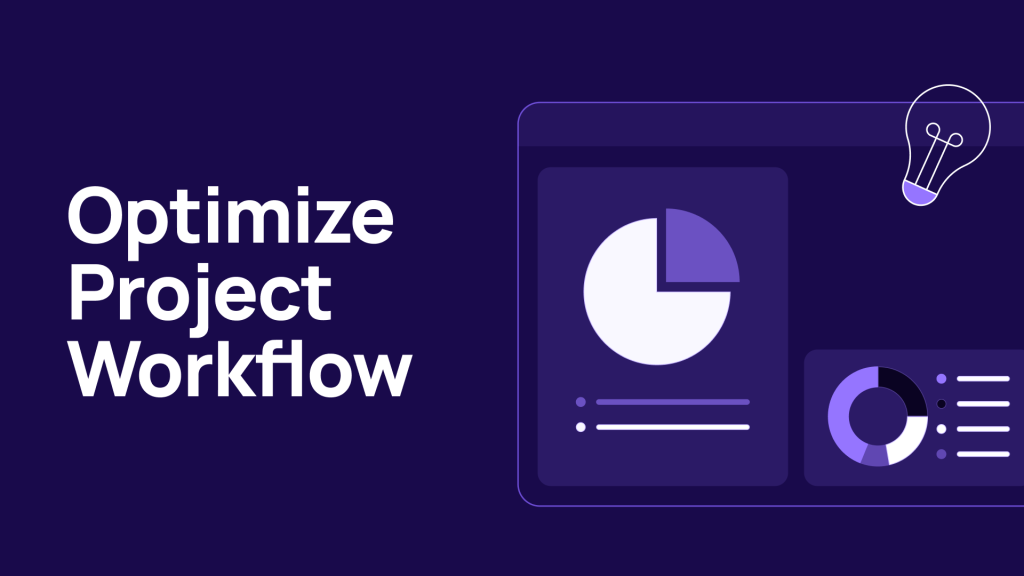Handling projects means you have to keep an eye on tasks and watch for deadlines. You also need to help the team work together; if the setup is not good, even people who try hard can have a hard time staying focused. When you make workflows run in a better way, it helps things be clear. Work goes faster, there is less waiting, and projects keep moving forward. You see what needs to get done and leave out steps that are not needed.
Why Streamlining Makes the Difference
Workflows are important in every project; when these steps are set up well, people know what to do and when to do it. This helps all people be clear about jobs and the time things need to be done.
But, if it is not clear who does what or if jobs are too close to each other, things slow down. A smooth workflow keeps a team on track and also cuts down on missed messages, which helps make sure everyone takes care of their work.
Spot and Eliminate Bottlenecks
Many projects slow down, and it is not always because people are not working hard. Sometimes, the real problem is something you do not see right away. It is good to find these issues early, so when you fix them, things can stay on track.
Some common culprits include:
- Unclear responsibilities that make tasks stay unfinished.
- Multiple approval layers take a lot of time to make decisions.
- Poorly integrated tools that make you do the same work more than once.
- Weak communication in teams or between departments.
When you find these roadblocks, you can make them smaller. Try to adjust who is in charge, make approvals easier, or use better tools.
Use Tools That Provide Clarity
Technology is important when you want things to run better. The project management tools help keep track and work in order. They also help keep an eye on how things are going and cut down on mix-ups. You do not need to use many emails or many files. A digital platform puts all you need in one spot.
Project management software, automation tools for tasks you do again and again, and platforms for working together that let you share updates right away are some good options. The main thing is to pick a system that fits in well and does not make the team feel too busy or stressed.
Standardize and Simplify Processes
If you start each project from the beginning, it will take up a lot of valuable time. It is good to set up repeatable steps, such as using templates for project briefs or lists for checking quality. This can help you save time and keep things the same from start to finish.
Making your steps standard helps new team members learn what to do more quickly. It also gives leaders steady results, so they don’t have to come up with new ideas every single time.
Track Progress and Adjust Quickly
Streamlining is not something you do just once. It has to be watched over and checked often. When leaders look at how many tasks get finished, what approvals are waiting, or how much time is used for changes, they can find gaps early. Making small changes at the right time helps to stop big problems from coming up. This also keeps deadlines possible to meet.
Build Accountability
Streamlined workflows depend on people taking responsibility. The project moves ahead on its own when everyone in the team knows what they have to do. It helps people feel more responsible when you give important steps and set clear goals. This also makes the team want to do better and be on time.
Streamlining workflows helps make work simple and fast. It also helps you get things done better. Look for places where things slow down. Use the right project management tools. Make sure everyone does things the same way. Talk clearly and often with your team. This keeps projects moving and teams working together.
When people know who does what and team rules can fit new needs, it helps everyone. Companies then finish on time. They also give good results to customers every time.

